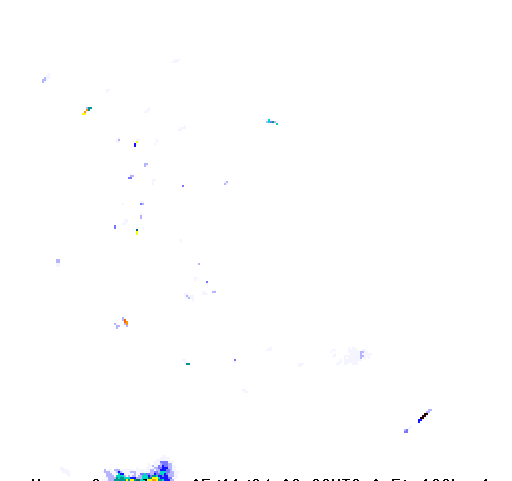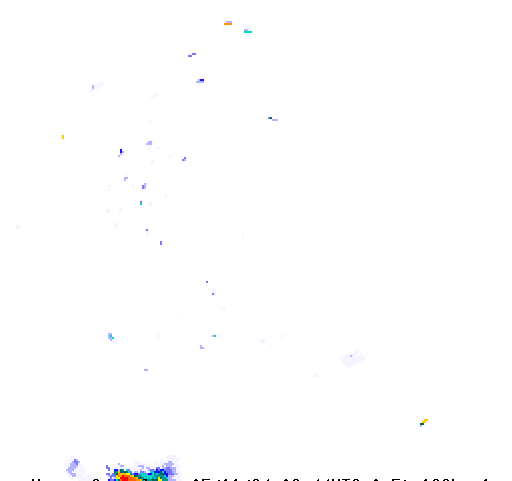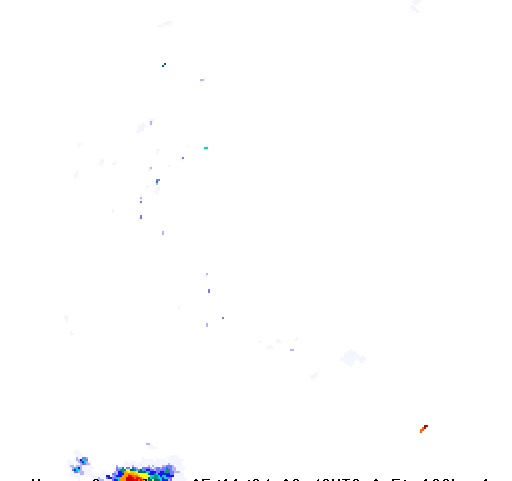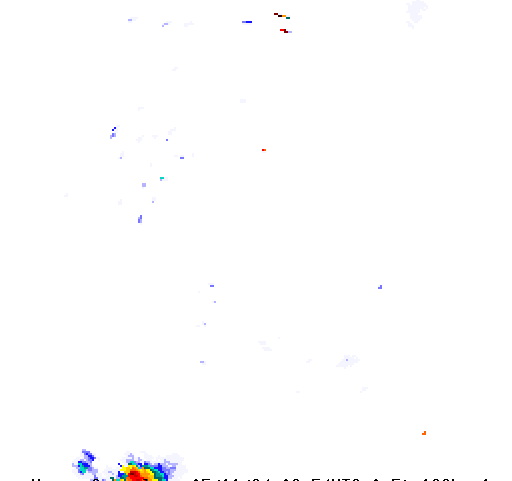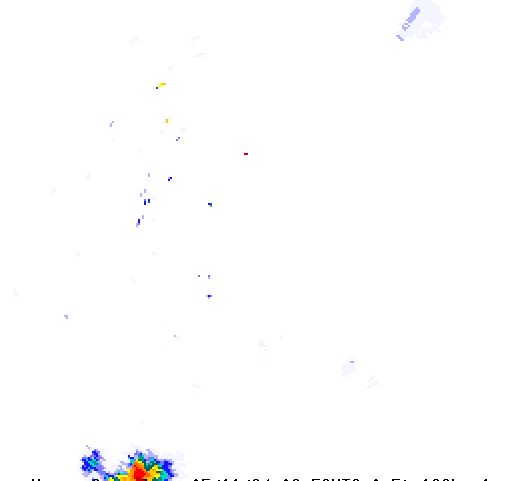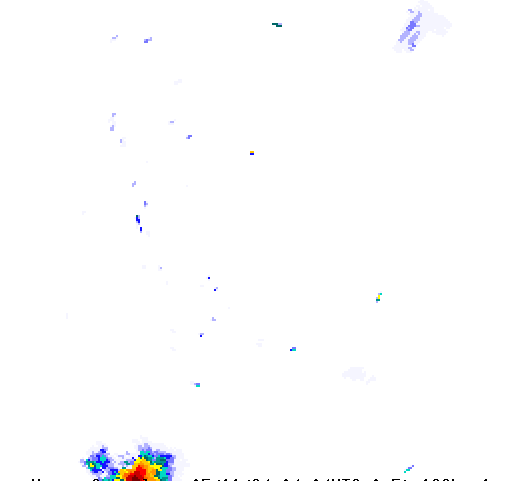Weather Forecasts & Live Reports
About Brisbane (Mt Stapylton) Radar
Geographical Situation
The radar is located on an isolated hill about 150m above mean sea level, just east of Beenleigh. This site provides good low-level coverage, ideal for Doppler observations, of the Greater Brisbane area. The Great Dividing Range to the west and the Lamington Plateau to the south, reduce the radar's view from the south through to the west, affecting its ability to detect weak rainfall from low clouds beyond these obstructions. The radar's coverage, based on detecting echoes at an altitude of 3000m, extends to a range of about 200 km in the north to Tin Can Bay, then it follows a smooth arc through the east to the south-south-east, where it rapidly reduces to about 150 km at Evans Head. Inland it extends in a ragged arc from Evans Head, to Casino, Tenterfield, Stanthorpe, Karara, Dalby, Kingaroy and to Tin Can Bay. Meteorological Aspects
The radar is well sited to detect rainfall from the west through to the north, the east and to the south. Storms that move into, or develop in and around the Brisbane valley may be tracked and monitored effectively. During summertime, rain depressions and storms approaching from the northwest and the north may be readily detected as can any tropical cyclones over the ocean to the north through to the south east. In winter time, rain bearing systems approaching from the southwest and south may be partially obscured by the Great Dividing Range and the Lamington Plateau. Non-meteorological echoes
In most cases, processing of the radar signal removes permanent echoes caused b y hills, buildings and other solid objects, but sometimes a few slip through. These usually show up as small, stationary patches of rain, mostly along the higher ground. On cold clear winter nights these echoes may become stronger or increase in number. During times of strong winds, sea clutter may be visible off the coast to the east. Sea clutter may be distinguished from rain echoes because it does not move with the wind.


